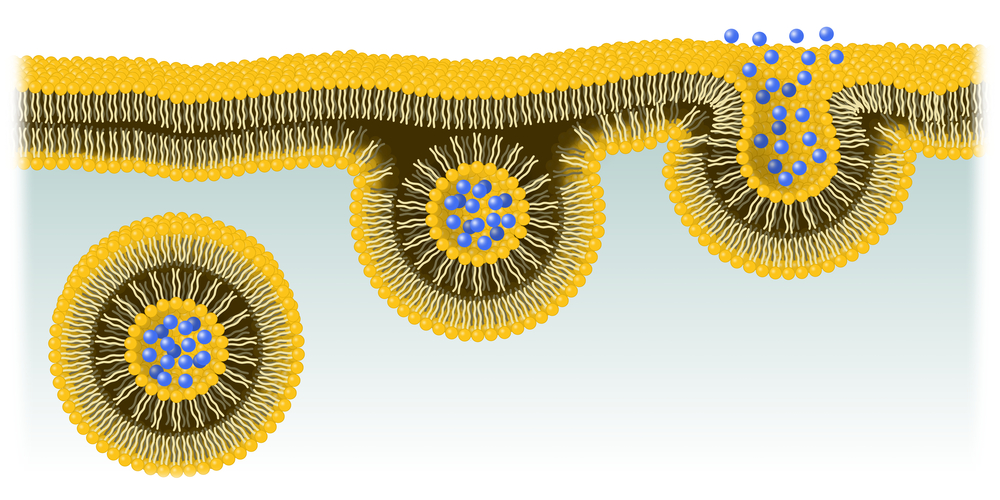Amount of SMN Protein in Cell Sacs Could Become SMA Biomarker, Study Reports

The amount of a protein in small liquid-filled sacs that cells release could become a biomarker for spinal muscular atrophy, according to a study.
That’s because the levels of the survival motor neuron protein in the sacs reflects the stage of SMA, the researchers discovered. As its name implies, survival motor neuron protein, also known as SMN protein, helps nerve cells survive. The protein is found in abnormally small levels in SMA, however.
The study, “Survival Motor Neuron Protein is Released from Cells in Exosomes: A Potential Biomarker for Spinal Muscular Atrophy,” was published in the journal Scientific Reports.
Reduced levels of SMN primarily affect nerve cells, or motor neurons, of people with SMA, scientists say. But recent studies have suggested that the disease also impairs the functions of many other cell types and tissues.
Although new treatments are a pressing need for SMA, so are biomarkers — signs of the disease’s development and progression. In recent decades, small sacs called exosomes that are components of cells have emerged as potential biomarkers for several diseases. Virtually every cell in the body produces them. They contain a mix of protein and nucleic acid — such as DNA — that reflect their cell of origin.
Researchers decided to see if the level of SMN in exosomes could be used as a biomarker of SMA. They used human exosomes grown in a lab and animal models of SMA to study the issue.
They first used lab experiments to confirm that exosomes contain SMN. Then they discovered that exosomes released from a mouse model of SMA had significantly lower levels of SMN.
“Interestingly, our data also indicates that there is an increase in the level of exosomes” released from cells that have reduced levels of SMN protein, the researchers wrote.
An analysis of blood samples from a person with SMA confirmed their lab and animal findings.
Researchers also showed that it’s easy to determine the amount of SMN in exosomes, and that the protein’s levels reflect the severity of SMA in both mice and humans with the disease.
Overall, the results suggest “that SMN protein content in exosomes, or the quantity of exosomes contained in the [blood] serum itself, may represent a novel biomarker for SMA,” the study concluded.







